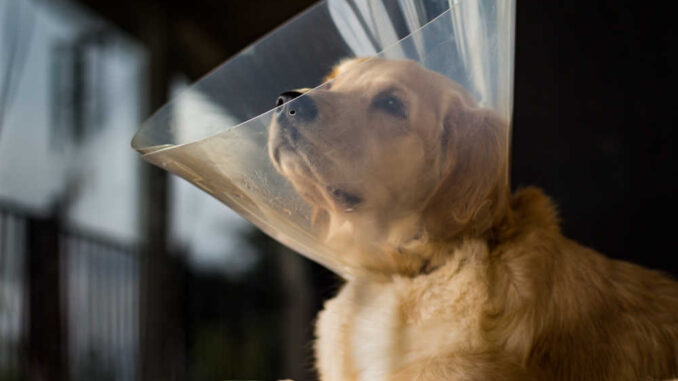
Dog spays are an extremely common and effective surgery. Veterinarians have been performing dog spays since the 1970s on a routine basis and it’s estimated that nearly 80% of animals in the United States are spayed or neutered. I, myself, have spayed hundreds of dogs over the last decade, as an effective way of reducing unwanted births and more. Spaying has become a very safe surgery and one with a short recovery period. In this article, I’ll explain what is a spay surgery -and what the recovery period looks like, day by day.
What is a Spay Surgery?
A dog spay is medically known as an ovariohysterectomy since both the ovaries (ovario-) and uterus (hysterectomy) are removed. You may know it as a spay, sterilization, or ‘fixing’ a female dog. No matter the name, the procedure and recovery are the same.
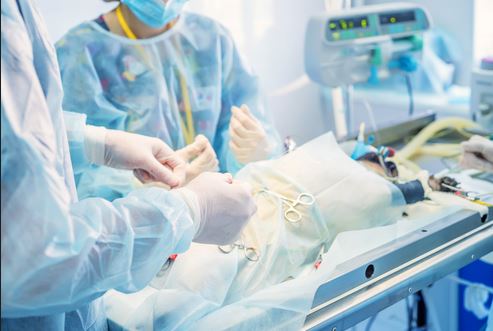
A dog spay surgery is an important way of preventing unwanted pregnancies that then potentially lead to unwanted and homeless animals. Spaying is always a way of ensuring that your female dog doesn’t develop any cancers of the reproductive organs, it completely prevents a uterine infection and drastically reduces mammary cancer.
The spay surgery itself is routine, but pretty involved:
- Dogs are first examined and then sedated.
- Once she is good and sleepy, she will be put under general anesthesia, the belly will be shaved and scrubbed.
- The vet will cut an incision through the skin and into the body wall from about the belly button to the groin area depending on the size of pup.
- The vet will then remove both ovaries and the uterus, making sure to carefully ligate all blood vessels to prevent bleeding.
The body wall will be closed using absorbable sutures and the skin will be closed using suture or staples. Then it’s onto recovery and home. Let’s now review the timeline for recovery.
Most Dogs Recover in 10-14 Days
As we said, a dog spay is pretty involved. It includes going into the body of a dog, so the recovery period is important to prevent issues. That being said, the recovery timeline is pretty short and most dogs will be back to normal in about 10-14 days and will act as if nothing happened.
As a general rule, the first week will be pretty quiet with plenty of down time and short leash walks. The second week will be a gradual increase back to exercise and then most girls will be good to go about midway through or towards the end of that second week.
Every dog is different, so be sure to talk to your vet if you’re at all concerned about how your dog is recovering following spay surgery. Let’s now review a recovery timeline, day by day.
Recovery Timeline After Spaying (Day by Day)
Here’s a bit more detail about the recovery period following a spay surgery.
Day 1
Depending on your veterinary hospital and your pup, she may stay the night following spaying or she may go home later in the afternoon. Expect her to feel a little off from the anesthesia. She may be:
- Lethargic or tired
- Not want to eat or eat less
- A little uncomfortable
These signs will last at least the first day and may continue into the next day or even two days following surgery. Give your dog some peace and quiet in a comfortable, out-of-the-way area and let her relax. If you take her home the day of surgery, your vet may advise you to offer only water the first night and then try small amounts of food the next day. This is because the anesthesia can make her nauseous.
Day 2-3
Your pup may feel a little off for these first few days. Just make sure to let her make the call as to how much she wants to do. Offer small amounts of food more frequently to entice her to eat. Keep her pretty quiet with no running, jumping or playing. You may take her for short walks on a leash, and be sure to get an eye on the spay incision a few times a day. There may be some bruising but should not be redness, swelling, or discharge. Keep her from licking it with a belly band or an e-collar. Contact your vet if you notice any changes with the incision or if your pup seems very uncomfortable as this could indicate an infection or other complication.
Rest of Week One
After the first few days, your dog should be feeling pretty good if not completely normal. You’ll still want to continue with no running or jumping and definitely no rough playing. Continue to watch the incision and provide pain medication as needed. You may notice that your pup will feel some discomfort with certain movements. This is usually just incisional pain and will go away when she stops doing that movement.
Keep an eye on that incision. Any odor, discharge, or redness is cause for concern and will warrant a vet call.
Week 2
If everything is healing as it should, you can start to increase your pup’s exercise this week. Just please try to stay away from really strenuous work or any jumping or wrestling. Walking on a leash is great, just be sure to not overdo it and put any strain on that incision.
Monitor the incision. It should be healed around that 10-14 day mark. Your vet may want to see her back if she has staples or removable sutures during this time to get those taken out. Once that incision is healed, bathing and swimming are okay. If everything else seems back to normal, your dog isn’t in any pain, she can go back to normal activity with as much running, jumping, and playing as she feels comfortable with. Again, you may notice a little discomfort with some movements as it may tug on that scar tissue, but this is usually nothing to worry about. Don’t be afraid to contact your vet if you feel anything is off or are concerned.
Related posts:
 Incision Lumps and Suture Reaction in Dogs (After Surgeries) - Your dog has just had surgery, and you are anxiously watching them for any sign of complication. You want their… [...]
Incision Lumps and Suture Reaction in Dogs (After Surgeries) - Your dog has just had surgery, and you are anxiously watching them for any sign of complication. You want their… [...]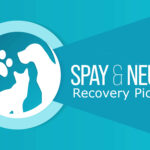 Pictures of Normal Dog Surgery Incisions and Scars (Incl. Spay and Neuter Surgeries) - Spay and neuter surgeries are some of the most common surgeries performed by veterinarians. However, even though your veterinarian likely… [...]
Pictures of Normal Dog Surgery Incisions and Scars (Incl. Spay and Neuter Surgeries) - Spay and neuter surgeries are some of the most common surgeries performed by veterinarians. However, even though your veterinarian likely… [...]Disclaimer: This website's content is not a substitute for veterinary care. Always consult with your veterinarian for healthcare decisions. Read More.


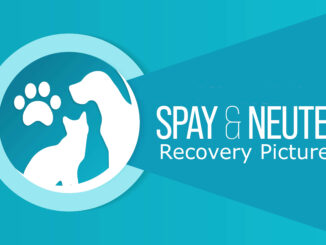
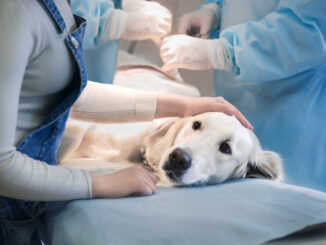
Be the first to comment